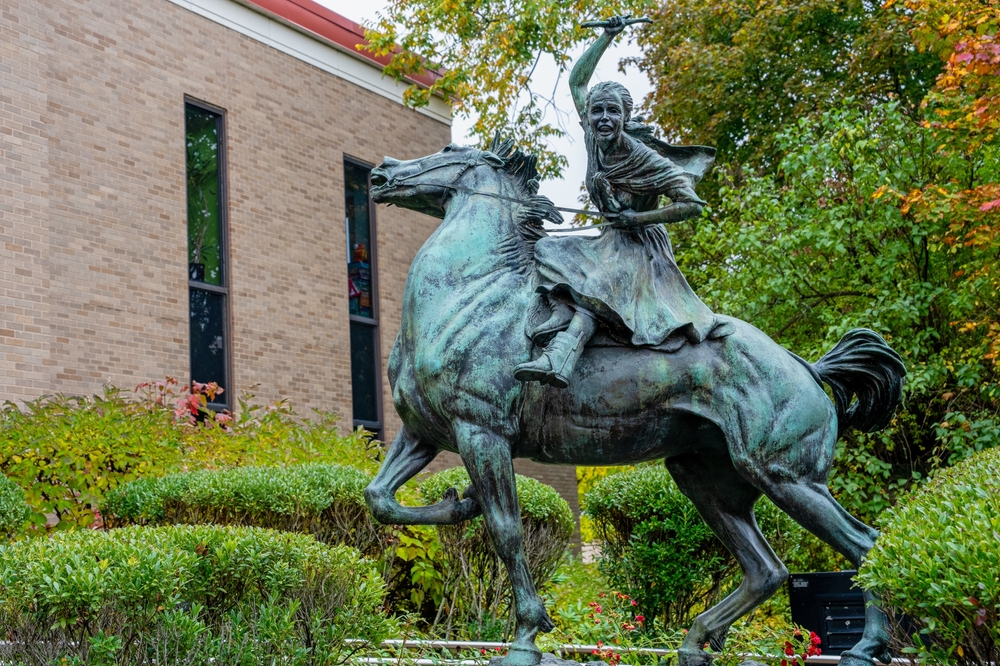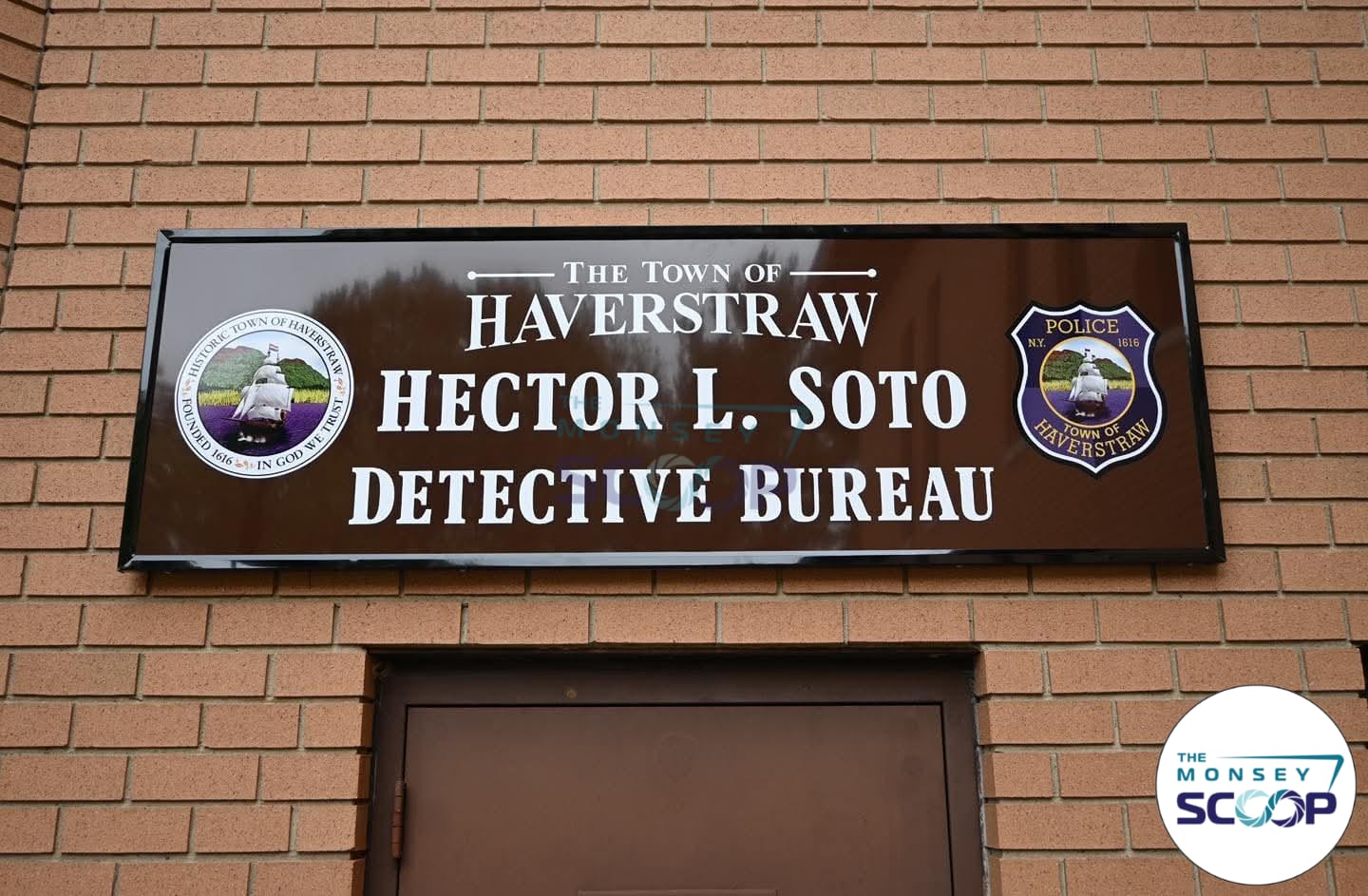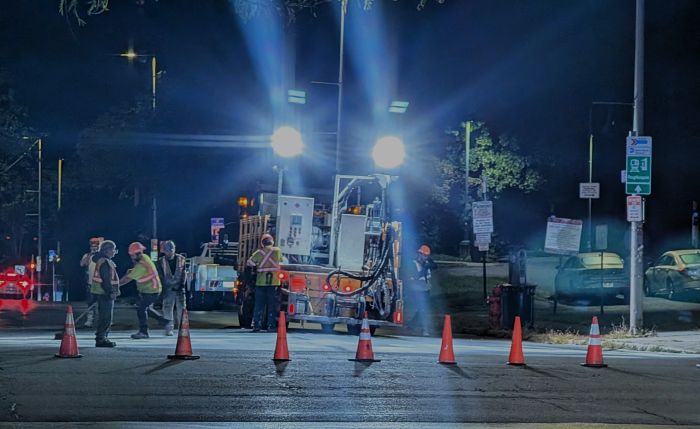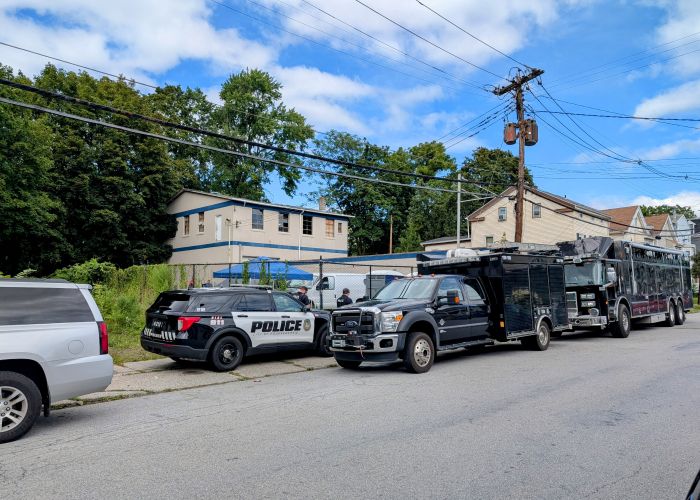The Remarkable Story of Sybil Ludington
History often remembers Paul Revere’s legendary midnight ride in 1775, but far fewer know the name Sybil Ludington—yet her contribution during the American Revolution is equally heroic. Just 16 years old at the time, Sybil rode twice as far as Revere, through dark woods and dangerous territory, to warn American forces of a British attack. Her bravery helped rally hundreds of militia members and defend local towns from destruction.
A Patriot is Born
Sybil Ludington was born on April 5, 1761, in Fredericksburg, New York—now known as Ludingtonville in her honor. Her father, Colonel Henry Ludington, was a prominent figure in the local militia during the Revolutionary War and a respected patriot leader. Sybil, the eldest of 12 children, was raised amidst the revolutionary fervor brewing in the colonies and quickly absorbed the values of courage, independence, and duty.
April 25, 1777: A Threat Emerges
The night of April 25, 1777, brought grim news. British General William Tryon led 2,000 British troops to raid the American supply depot in Danbury, Connecticut. That depot stored food, medicine, and weapons vital to the Continental Army. As fires engulfed the town, an exhausted messenger arrived at the Ludington home the following evening, urgently requesting help.
Colonel Ludington was faced with a dilemma: someone had to alert the scattered local militia, but he couldn’t leave his post to do so himself. With no hesitation, Sybil volunteered for the dangerous mission.
Into the Night
Despite being only 16, Sybil was strong, determined, and familiar with the rugged terrain. She mounted her horse, “Star,” and departed into the rainy night around 9 PM on April 26. Armed with nothing more than a stick for protection, Sybil embarked on a nearly 40-mile journey across Putnam and Dutchess counties—twice the distance Paul Revere rode.
Her route took her through towns such as Kent, Carmel, Mahopac, Cold Spring, Farmers Mills, and Stormville. Along the way, she banged on doors with her stick and called out, “Muster at Ludington’s!” urging men to gather at her father’s headquarters.
Battling the Elements—and More
Sybil’s ride wasn’t just long; it was fraught with danger. Rain soaked her clothes, and she navigated muddy trails, dense forests, and unlit roads. British soldiers and Loyalists posed a constant threat, as did the “Skinners”—violent outlaws who preyed on travelers during the war. Some accounts even describe Sybil fending off robbers with her stick or a firearm borrowed from her father.
Despite these hazards, Sybil pressed on, stopping at every farmhouse and town she could reach. In Carmel, a church bell rang after she delivered her message, spreading the alarm even further.
Mission Accomplished
As dawn broke, Sybil returned home, drenched and exhausted. But her efforts had paid off. Nearly 400 militiamen assembled at her father’s house in response to her call. Though they were too late to save Danbury from destruction, the troops engaged the British in the Battle of Ridgefield the following day, April 27.
This clash was the only inland battle fought in Connecticut during the Revolutionary War. Though outnumbered, the American militia harassed British forces as they retreated to their ships. More importantly, Sybil’s actions contributed to a turning point in local morale: citizens who had remained neutral now joined the patriot cause, outraged by the British attack.
Lasting Legacy
While Paul Revere’s midnight ride became legendary almost immediately, Sybil’s heroism took longer to reach the public eye. The first written account of her ride didn’t appear until 1880, over a century later. Further details emerged in 1907 through her nephew’s publication of Colonel Ludington’s memoirs.
This delay in recognition led some modern historians to question the accuracy of the story. However, family records and local oral traditions have kept her memory alive, and many scholars accept her contributions as fact.
Today, Sybil Ludington is widely honored as a true American heroine.
Memorials and Honors
Visitors can see a statue of Sybil Ludington in Carmel, New York, at the intersection of Routes 6 and 52, overlooking Lake Gleneida. The statue shows her astride her horse, arm raised, stick in hand—an enduring image of youthful bravery.
Historic markers throughout Putnam County trace her original 40-mile route, allowing visitors to follow her midnight ride. Additionally, the annual Sybil Ludington 50K race, held each April, commemorates her journey and legacy.
Her story is also featured in museums, textbooks, and Revolutionary War reenactments, inspiring new generations to appreciate the lesser-known heroes of American independence.
Why Her Story Still Matters
Sybil Ludington’s ride is more than a footnote in American history—it’s a lesson in courage, leadership, and sacrifice. At a time when women’s roles in warfare were rarely acknowledged, Sybil stood up and acted decisively, proving that bravery knows no age or gender.
Her journey reminds us that heroes don’t always wear uniforms or fight in battles. Sometimes, they’re teenage girls riding into the dark, rain-soaked night to save their neighbors and protect their country’s future.
As Americans reflect on the Revolutionary War and the birth of a nation, Sybil Ludington’s midnight ride deserves to be remembered and celebrated alongside the most storied acts of patriotism. Her legacy rides on—not just in statues and races, but in the enduring spirit of resilience she represents.
















Leave a Reply